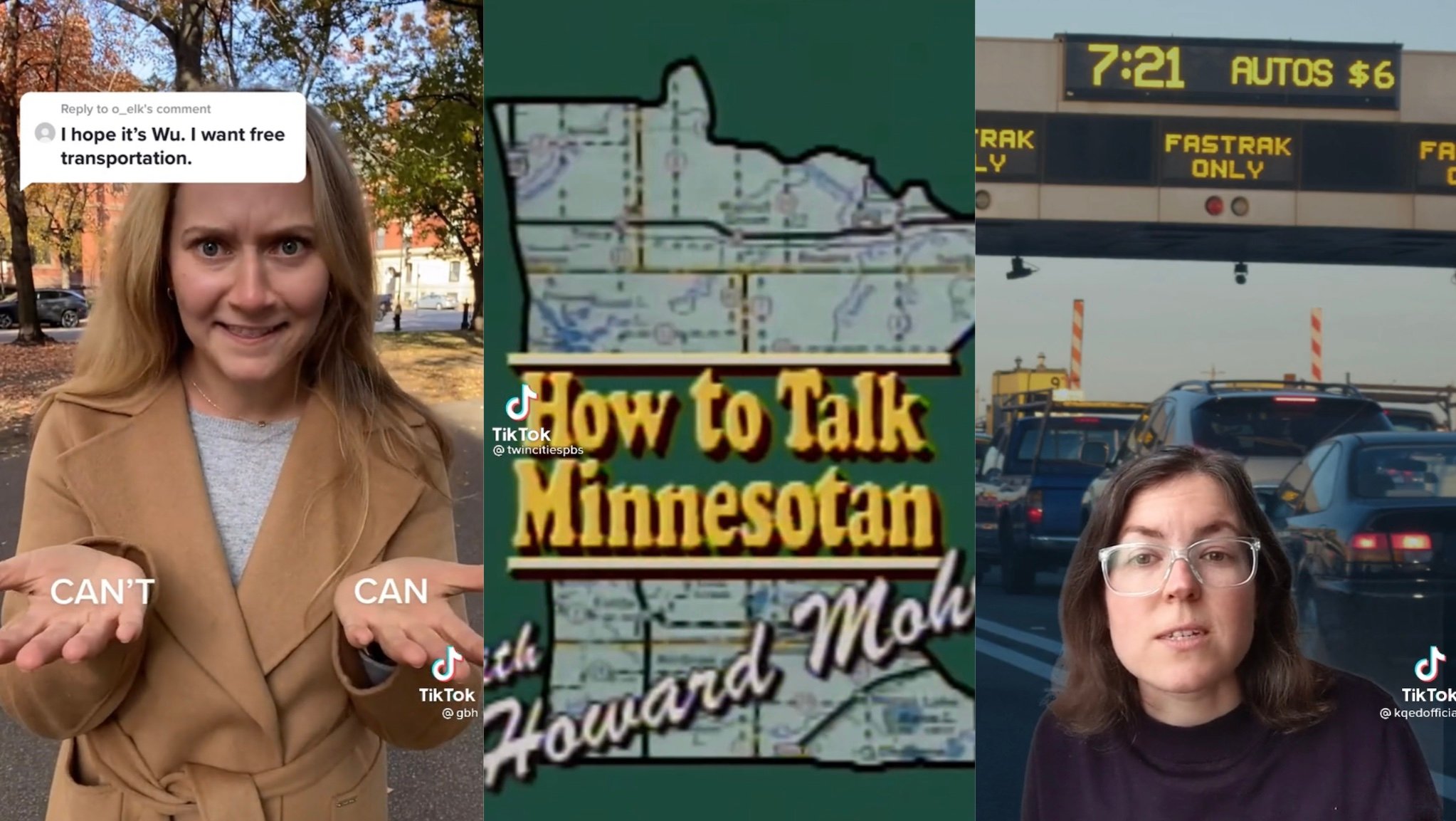Putting more public service into public media at 2013 APTS Summit
Representatives from four sectors of the public service community made a case for more partnerships with public television during the opening session of the Association of Public Television Stations’ 2013 Public Media Summit Feb. 24 in Arlington, Va.
Jane Oates, assistant secretary of employment and training administration with the U.S. Department of Labor, was the most vocal of the panel as she urged public television to collaborate more with local and state government workforce-training programs as a way of sharing key information to the nation’s legions of unemployed workers.
“Think how much better we could do if you joined with us. Everybody listens to you,” Oates said, pointing to the proven workforce-training success of Vegas PBS as an example of what other stations could accomplish. “Think of the incredible success we could have in getting to [the unemployed].”
Important upcoming changes to the federal career-assistance program, such as a reduction of unemployment payments due to the looming sequestration, would best be communicated to the unemployed population via public TV, Oates said. She also cited an overhaul to the GED program as an important issue that should be discussed. And she repeatedly referred to pubTV as the most reliable and effective means of communicating with out-of-work, undereducated youth and adults.
Maj. David Mulholland, commander of technical services for the U.S. Park Police, said that after the events of Sept. 11 police and firemen realized they had been relying on ineffective means of emergency broadcast cross-communication. “A logical partnership with public television was born” out of a simple need for improved technology, Mulholland said.
“The true value in the partnership is knowing that if Sept. 11 happens again, or if a major natural disaster happens again, you in the public television community don’t have a major sense of frustration,” Mulholland said. “You have the satisfaction of knowing that you are doing something that makes the job of our first responders that much easier.”
Lillian Lowery, superintendent of schools for the state of Maryland, spotlighted the state’s beneficial partnership with Maryland Public Television. With fewer opportunities for field trips due to budget cuts, the school district relies more on online interactive “virtual field trips” put on with help from MPT.
Participants suggested various ways to facilitate more communication between public media and public service agencies. “We need to cross-fertilize boards,” said Virginia Hepner, president and c.e.o. of the Woodruff Arts Center in Atlanta.
Panelists also thought that public TV needed to step up outreach. Because local public-safety offices often struggle with effective communication, Mulholland said, pubTV managers should make initial overtures toward partnerships.
Quoting something he’d overheard at an earlier session, panel moderator and APTS president and CEO Pat Butler said, “We need to stop looking at ourselves as the nonprofit branch of the media world and start looking at ourselves as the media branch of the nonprofit world.”






